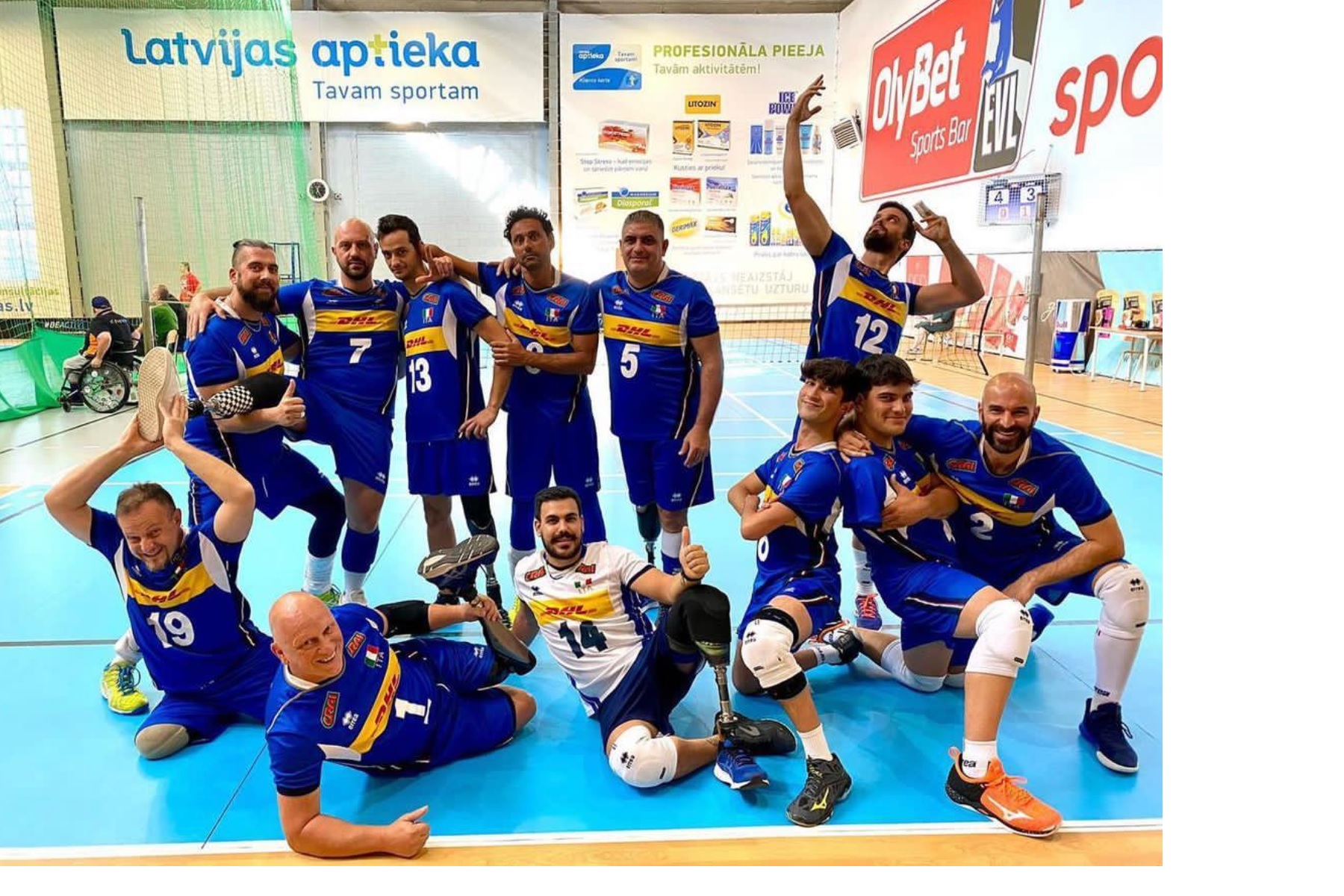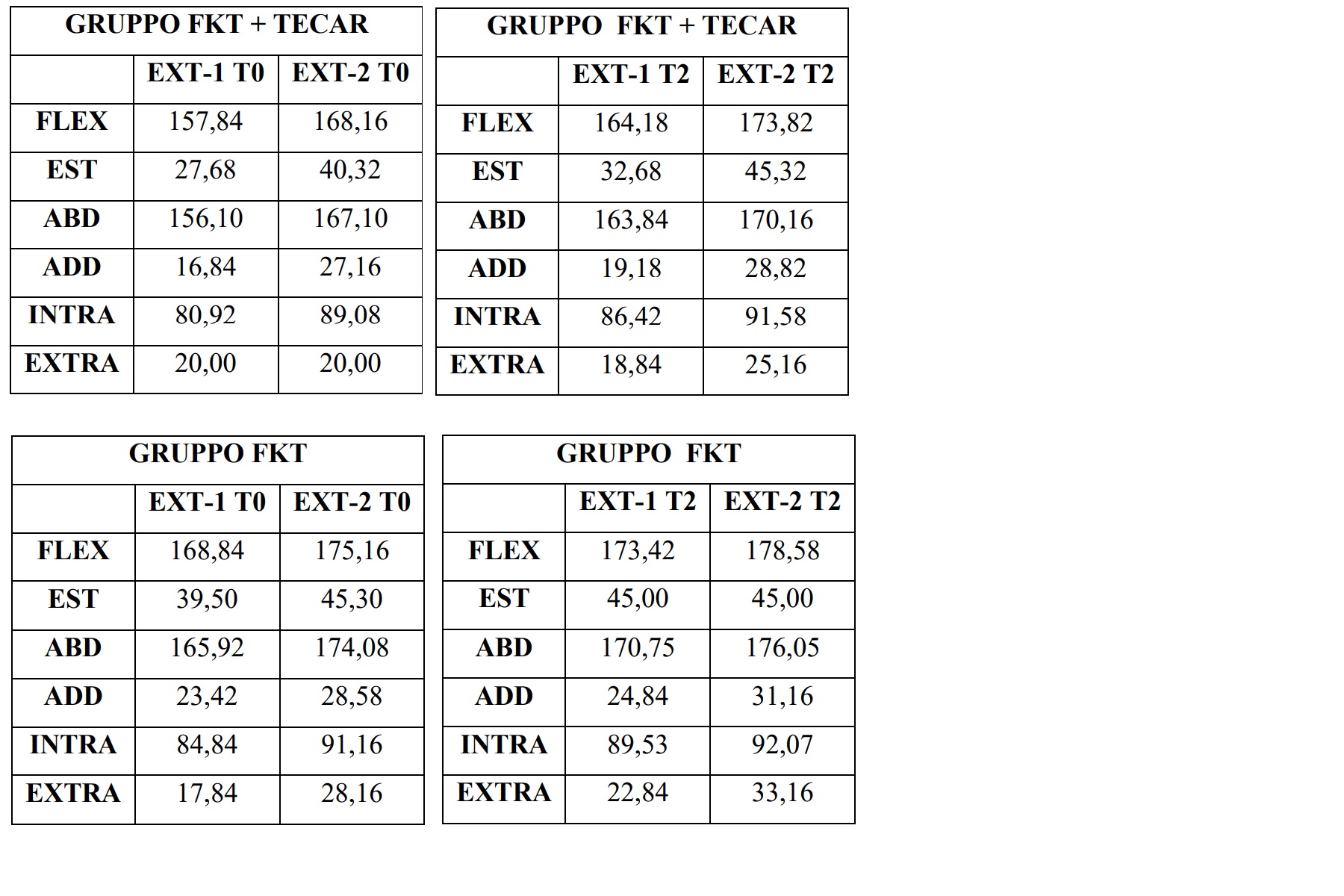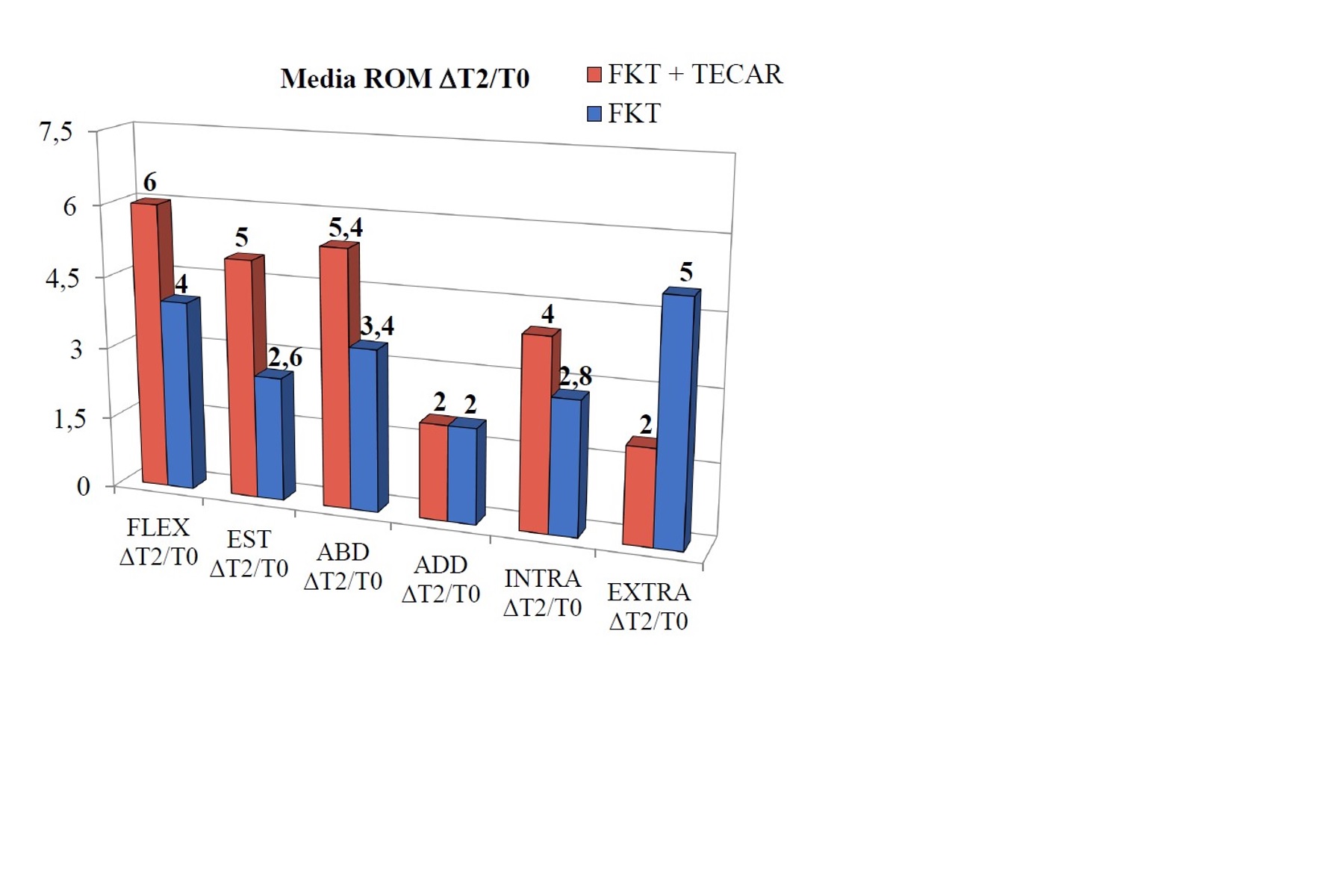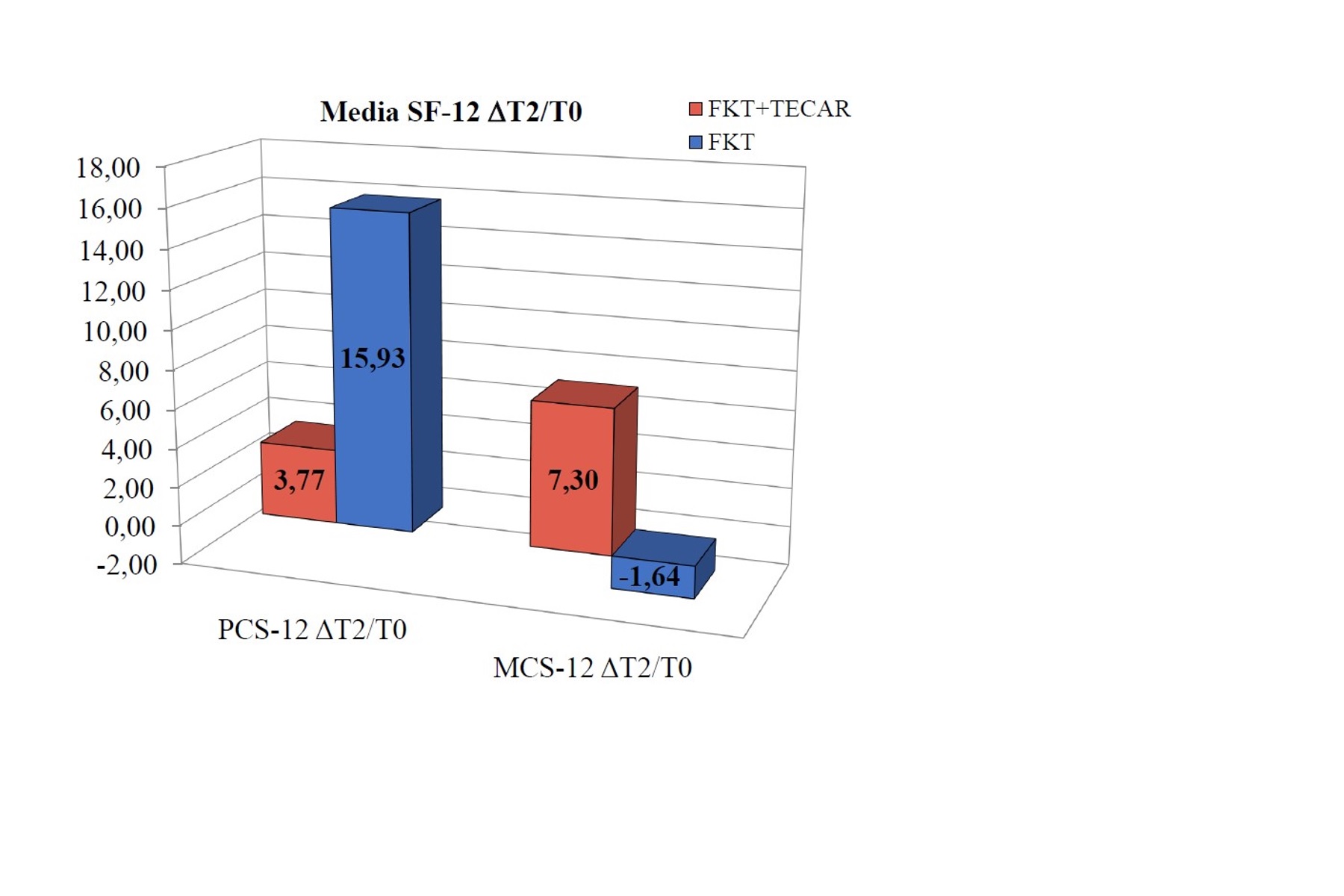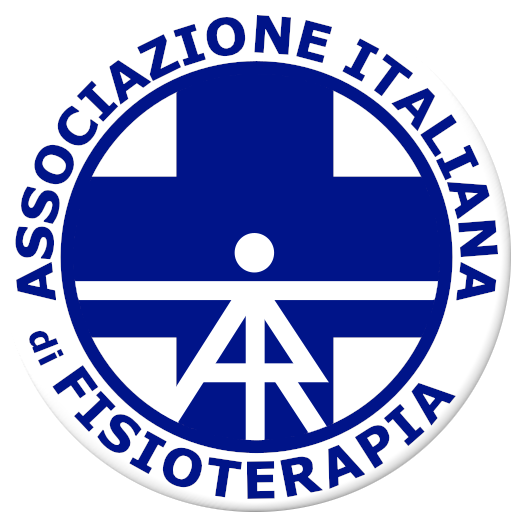TENDINOPATIA DI SPALLA NEI GIOCATORI DELLA NAZIONALE ITALIANA DI SITTING VOLLEY: EFFICACIA DI UN TRATTAMENTO COMBINATO CON TECARTERAPIA®
SHOULDER TENDINOPATHY FOR SITTING VOLLEYBALL ITALIAN NATIONAL TEAM: EFFICIENCY OF A TREATMENT COMBINED WITH TECARTHERAPY
Introduction
Shoulder tendinopathy is a pathology caused by a functional overload typical of the “overhead” athlete, indeed these sports present movements characterized by the search of a forced and repeated motion of the arms above the head (1). This problem is very frequent in Sitting Volleyball players, who also need to play in a sitting position (2). The correlated pain leads to a worsening of daily activities and a decline of sports performance (3).
There are studies in the literature that demonstrate the usefulness of Tecartherapy® for this pathology (4). The aim of this study is to verify the effectiveness of Tecartherapy® as an adjunctive therapy to classic motor rehabilitation, in order to identify a method of treating shoulder tendinopathy in players of the Sitting Volleyball national team with the aim of increase short-term results concerning the reduction of pain, the increase of the ROM of the shoulder and the improvement of the activities of daily life and sports.
Methods
10 players of the Italian men’s sitting volleyball team (2021/22 competitive season) were recruited, with lower limb amputation, clinical diagnosis of shoulder tendinopathy and with age ranging from 25 to 50 (Figure 1). The objectives of the present study is to verify the best treatment both in the short term and after two months. The players were randomly divided into two groups of 5 people. The “experimental group” underwent the physiotherapy treatment in combination with Tecartherapy®, while the “control group” underwent only the physiotherapy treatment. Both groups had 10 treatment sessions and were evaluated as follows: before starting the treatment (T0), in the middle of the treatment (T1), at the end of the treatment (T2) and finally a follow-up was carried out after two months ( T3). Outcome measures were: limb tests for the shoulder ROM measurement, the NRS scale, the SF-12 and the DASH questionnaires.
Results
In order to extend the results to a larger sample, we used the 99% confidence interval (Figure 2). The ROM results showed that both therapies had a positive response, more precisely the “experimental group” obtained a superior increase in the majority of movements (Figure 3). The results of the NRS scale showed that a decrease in pain symptoms was found in both groups. The results of the SF-12 show that the “experimental group” obtained a general improvement, while the “control group” increased the physical score but manifested a decrease in the mental component (Figure 4). The DASH results demonstrate that in both groups a lower perception of the degree of disability in the functional, occupational and sports fields was detected. Moreover, the reduction of the value in the workplace in the “experimental group” is of a notable entity.
Discussion and Conclusion
The values of the T1 and T3 evaluations were not included in the analysis as they showed no statistically significant or clinically relevant differences. It is legitimate to hypothesize, regarding the T3 values, that this can be attributed to the physical inactivity of the players in the month of August and, therefore, to the forced rest to which they were subjected. From this it can be deduced that both treatments are valid in maintaining the progress obtained. On the basis of the objectives and what is highlighted by the results, it is possible to state that the application of Tecartherapy® positively influences the reduction of pain and the increase of the ROM of the shoulder and, consequently, also the improvement of daily life and sports activities. As a future perspective, it would be recommended to expand the study population in order to verify the results obtained and to have a more defined framework for the treatment of shoulder tendinopathy.
REFERENCES
- S. Brent Brotzman, M.D.; Kevin E. Wilk, P.T., La Riabilitazione in ortopedia, Excerpta Medica Italia Srl, S. Donato Milanese (Mi), 2004
- Gaweł, E.; Zwierzchowska, A. Effect Of Compensatory Mechanisms On Postural Disturbances And Musculoskeletal Pain In Elite Sitting Volleyball Players: Preparation Of A Compensatory Intervention. Int. J. Environ. Res. Public Health 2021, 18, 10105. Https://Doi.Org/10.3390/Ijerph181910105
- Zwierzchowska, A., Gawel, E., Celebanska, D. Et Al. Musculoskeletal Pain As The Effect Of Internal Compensatory Mechanisms On Structural And Functional Changes In Body Build And Posture In Elite Polish Sitting Volleyball Players. Bmc Sports Sci Med Rehabil 14, 49 (2022). Https://Doi.Org/10.1186/S13102-022-00439-9
- Samuel Ribeiro, Bebiana Henriques, Ricardo Cardoso. The Effectiveness Of Tecar Therapy In Musculoskeletal Disorders. International Journal Of Public Health And Health Systems. Vol. 3, No. 5, 2018, Pp. 77-83.
